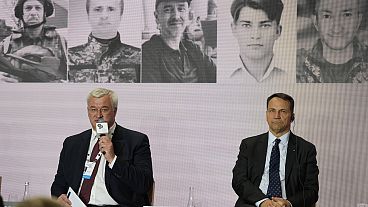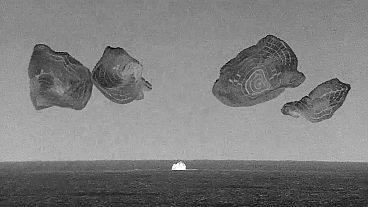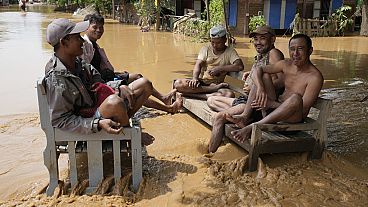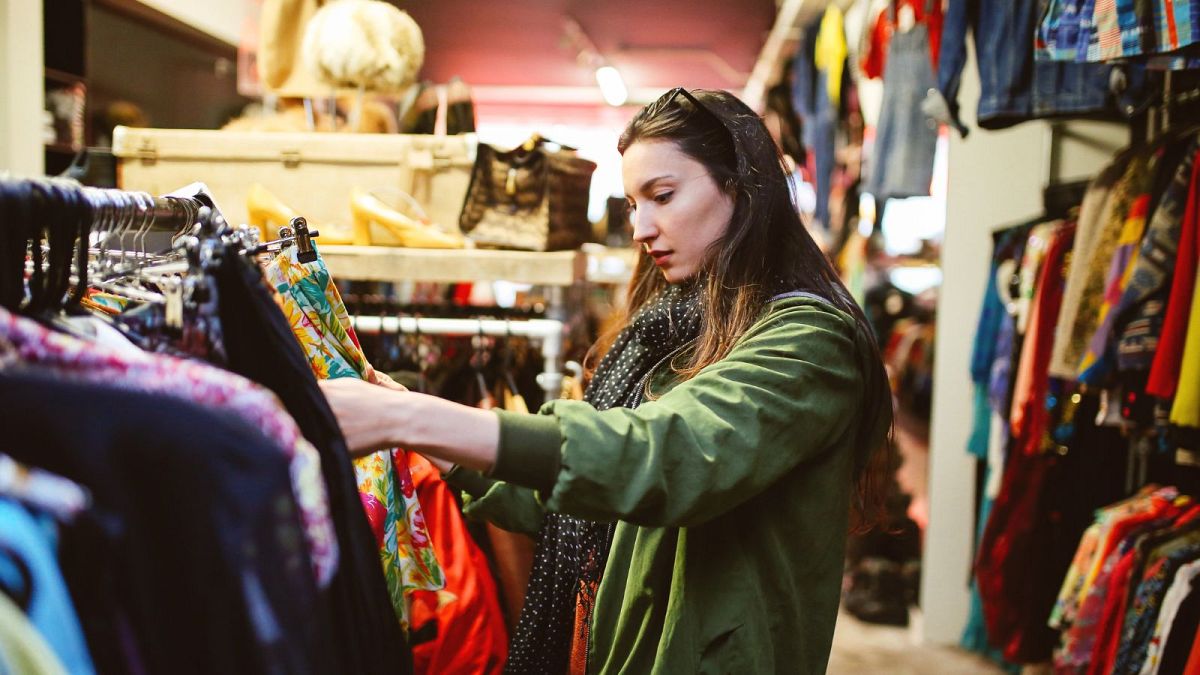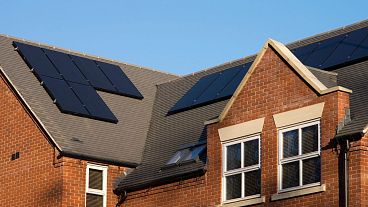Globally, the fashion industry uses enough water to fill 37 million Olympic-sized swimming pools a year.
We all know that fast fashion is a greedy industry: exploiting workers, swallowing up natural resources and pumping out piles of rubbish.
A new study quantifies the good we can do by shopping second hand instead. Buying just one pair of preloved jeans and a T-shirt saves the equivalent of 20,000 standard bottles of water, according to Oxfam.
The charity’s analysis shows that producing a cotton T-shirt requires the equivalent of 5,400 standard 500ml bottles of water to make. That’s enough to meet the drinking needs of 1,600 people in one day, going by NHS standards.
A pair of jeans takes 16,000 bottles of water to produce - enough to hydrate 4,750 people for a day.
“It is clear from these statistics that we are drowning in fashion,” says Oxfam’s retail director Lorna Fallon.
“Given the world is running short of freshwater due to climate change, the water-intensive cost of clothes production could be vitally reduced if we mixed up our wardrobes with second-hand purchases.
Why does the fashion industry use so much water?
Fashion is a thirsty business throughout its supply chain - from growing natural fibres (cotton especially) to dyeing fabrics and washing garments.
The total water footprint of clothing used in the UK annually equals eight billion cubic metres, Oxfam notes. That’s enough to meet the water consumption of the entire UK population for two years.
Globally, 93 billion cubic metres of water are used by the fashion industry annually - sufficient to fill 37 million Olympic-sized swimming pools.
Despite this enormous water footprint, there’s also a big issue with transparency. The vast majority (90 per cent) of fashion brands do not disclose any water-related risks in their documents, according to a recent report from nonprofit Planet Tracker.
What is the Second Hand September campaign?
Since 2019, Oxfam’s Second Hand September campaign encourages people to extend the life of clothes by shopping in charity shops and donating their clothes.
“By recirculating our clothes - buying, wearing and donating second-hand - we can help to reduce the demand for new clothes,” explains Fallon. “And this could in turn help to reduce the damage to our planet.”
UK TV presenter and actress Cat Deeley is fronting this year’s campaign, and she’s a big advocate for the practice.
“Wherever I go in the world, I will always find charity shops and treasure-hunt to find the most gorgeous, preloved pieces,” she says.
“I love that with shopping second-hand, you can find something completely unique, which no one else has, that you can customise and also feel really good about wearing, knowing the money has gone to a good cause and you’re giving those clothes a second chance of life.”
Proving that “second-hand absolutely does not mean second best” (in Deeley’s words) Oxfam will again be taking to the runway at London Fashion Week on 12 September with some fine preloved pieces, in partnership with second-hand online marketplace Vinted.

